Fireflies emit blinking, flashing, glowing, intermittent, steady lights
The Fireflies Book: Fun Facts About the Fireflies You Loved as a Kid by Brett Ortler acknowledges the positive reactions that Earthlings reveal toward the world’s most beloved, enlightening, graceful insect of night-time grasses and skies.
Lightning bugs indeed bring a 2,000 species-strong presence to:
• temperate zones northward from the Tropic of Cancer to the Arctic Circle, 23.5° north to 66° north latitudes, and southward from the Tropic of Capricorn to the Antarctic Circle, 23.5° south to 66.5° south latitudes; and
• tropical zones northward from 23.5° south latitude and southward from 23.5° north latitude.
Fireflies also can be found described as:
• big dippers, blinkies;
• firefly beetles;
• glow flies, glow worms, golden sparklers;
• lightning beetles; and
• moon bugs.
*****
Website: http://www.brettortler.com/the-fireflies-book
*****


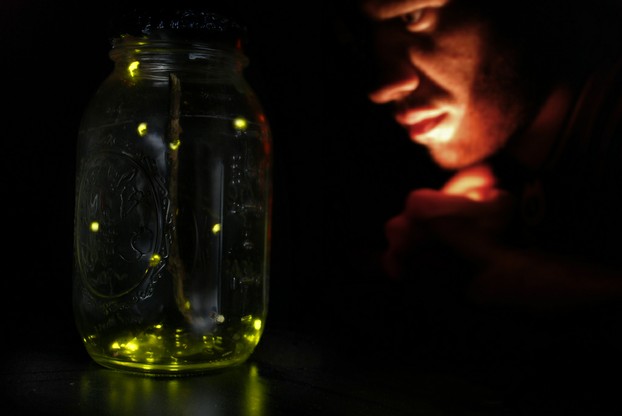

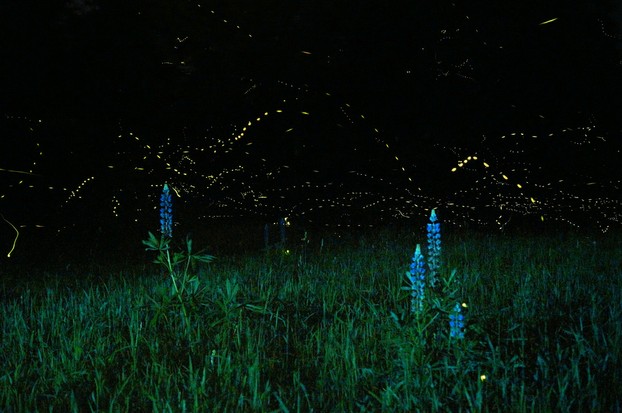
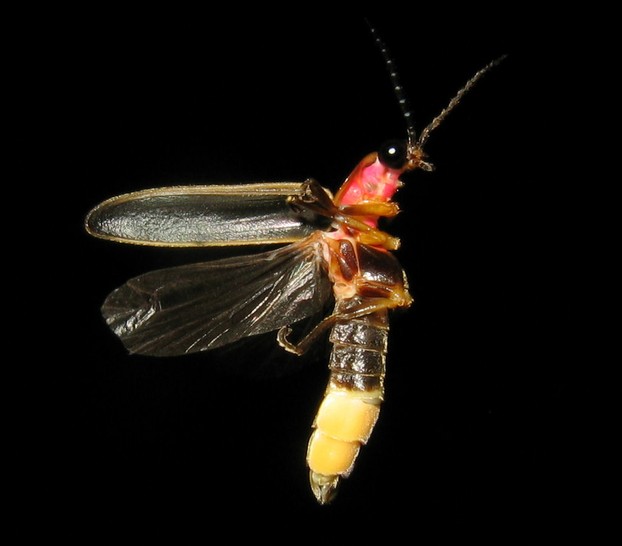
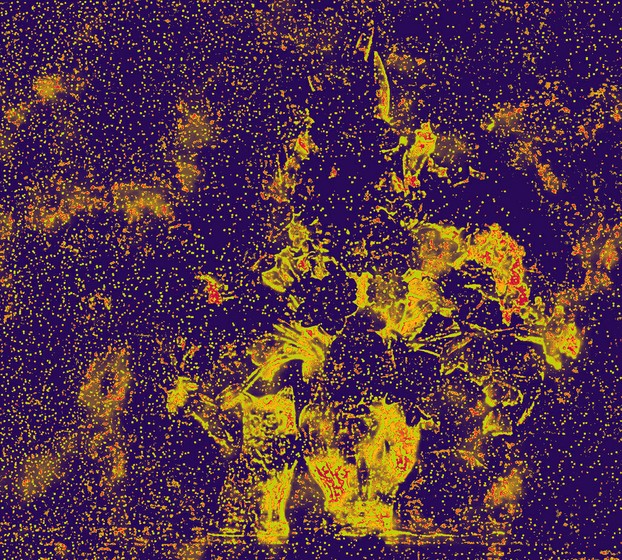



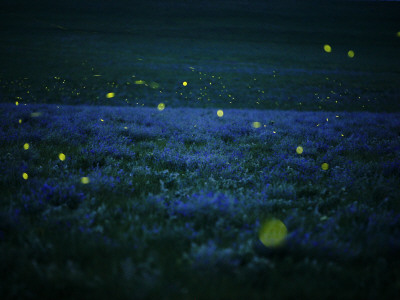

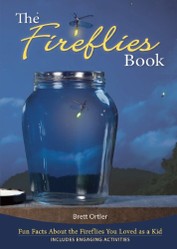

 Mailing Addresses for 2023 Form 4868 Extending 1040 and 1040SR April 15, 2024, Due Date7 days ago
Mailing Addresses for 2023 Form 4868 Extending 1040 and 1040SR April 15, 2024, Due Date7 days ago
 Mailing Addresses for 2023 Forms 1040 and 1040SR Filed in 20247 days ago
Mailing Addresses for 2023 Forms 1040 and 1040SR Filed in 20247 days ago
 Mailing Addresses for 2022 Form 4868 Extending 1040 and 1040SR April 18, 2023, Due Dateon 04/13/2023
Mailing Addresses for 2022 Form 4868 Extending 1040 and 1040SR April 18, 2023, Due Dateon 04/13/2023
 Mailing Addresses for 2022 Forms 1040 and 1040SR Filed in 2023on 04/13/2023
Mailing Addresses for 2022 Forms 1040 and 1040SR Filed in 2023on 04/13/2023

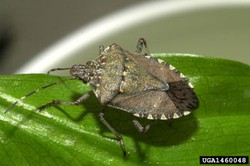
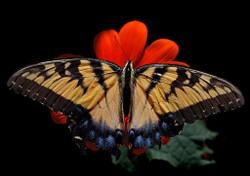
Comments
CruiseReady, Lightning bugs evidently declined disastrously in the twentieth century. But researchers insist that populations are coming back. Every end of April through end of October I monitor them as a volunteer wildlife mapper so I enjoy the displays of the landed twinkling stars against the backdrop of the celestial.
Cultivated plants, light pollution, residential/suburban developments, and turf grass do not always cooperate with firefly life cycles. For example, fireflies really seem to like the black walnut, box elder, cherry, Chinese chestnut, honey locust, mimosa, mulberry, poplar, red cedar, silver maple, sycamore, and white pine -- as well as the bramble-berries, honeysuckle, Queen Anne's lace, red/white/yellow sweet clover, and wineberries -- which grow beautifully in the meadow's non-turf grasses and wild strawberry ground cover.
The lightning bugs in your area also may be flashing when you're not around. They tend to communicate from about an hour before sunset to about 4:00 or 5:00 a.m. But they will surprise me sometimes by not having a "start time" until after midnight or around 2:00 a.m.
If you look back at the Sources Consulted section, I've added an entry for my article on big dipper fireflies for DailyTwoCents.
Just because they may not be in your area does not mean that they will not be there in the future. I've heard many wonderful stories of fireflies coming back where lightning bug populations appear to have been absent for decades.
I think lots of us have fond childhood memories of trying - sometimes successfully, sometimes not - to catch fireflies in a jar. We also called them lightening bugs. I do hope they're going to be around for a long time to inspire many more generations of children. But, I haven't seen a lot of them in recent years. That's sad. Maybe I just haven't been on the lookout for them.
Mira, Fireflies are a lifelong love for me. It's a joy to channel that love in such a useful way as the Firefly Watch.
Lightning bugs make such a fetching compliment when they blink on the ground as females and in the air as males while the stars twinkle in the night sky.
Yes, development and particularly light pollution are wreaking havoc on wildlife in general and lightning bugs in particular. And of course it doesn't help when even nature-lovers walk over fireflies resting hidden in the grass.
As Albert Camus observed, we are all murderers when it comes to the insects we trample.
Amazing what you say about synchronicity.
So you're part of this firefly watch project. Sounds good. It's sad though that they're disappearing. I read in one article that that's due to development (and human traffic) and light pollution.
Mira, Yes, I see fireflies. In fact, when I can't sleep -- and that's been happening with unseasonably warm evenings along with unseasonably hot days -- I count fireflies, not sheep!
There's a volunteer naturalist project through Tufts University (in Massachusetts) -- https://legacy.mos.org/fireflywatch/ -- which tracks firefly occurrences (in terms of genus/species, habitat, and numbers) since lightning bugs appeared to go almost entirely missing during the last half of the twentieth century.
So I've been wildlife mapping "blinkies" every end of April to end of October -- any time between twilight and 4:00 a.m. -- since 2008.
Fireflies can engage in synchronicity, whereby they exhibit "Lights up!" and "Lights out!" behavior at the same time to produce what looks like blinking Christmas lights. The phenomenon is particularly common in southeast Asia -- especially Myanmar and Thailand -- even though it has been observed in the U.S.A.'s Great Smokies.
It's sad if lightning bugs are not in Romania because the nature-related photos in your articles certainly indicate firefly-friendly habitat possibilities.
Do you see fireflies where you live? I can't remember last time I saw fireflies. I love the word "blinkies" :)